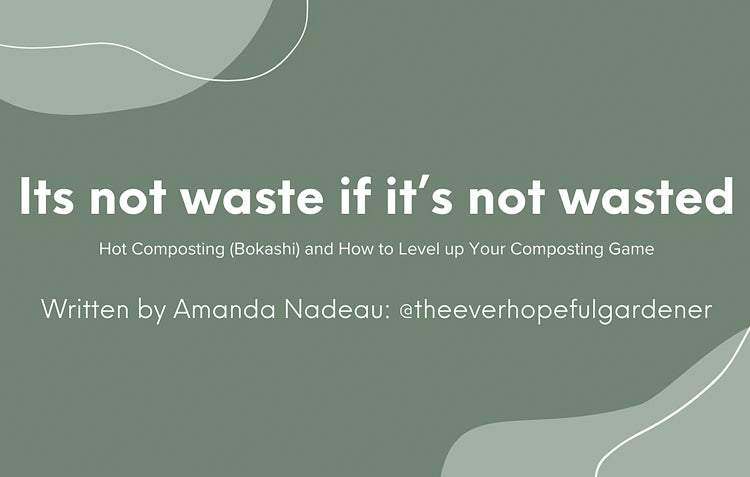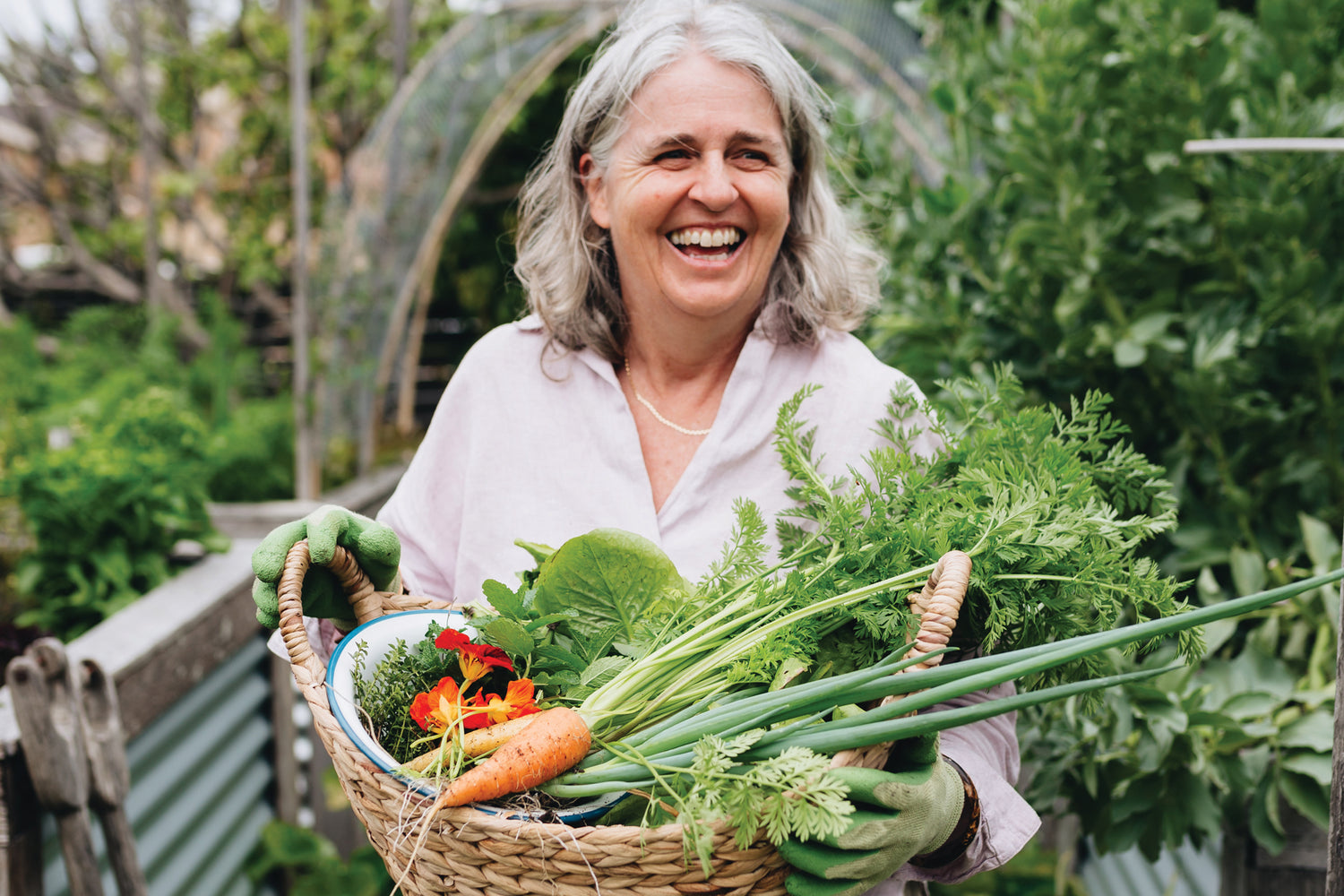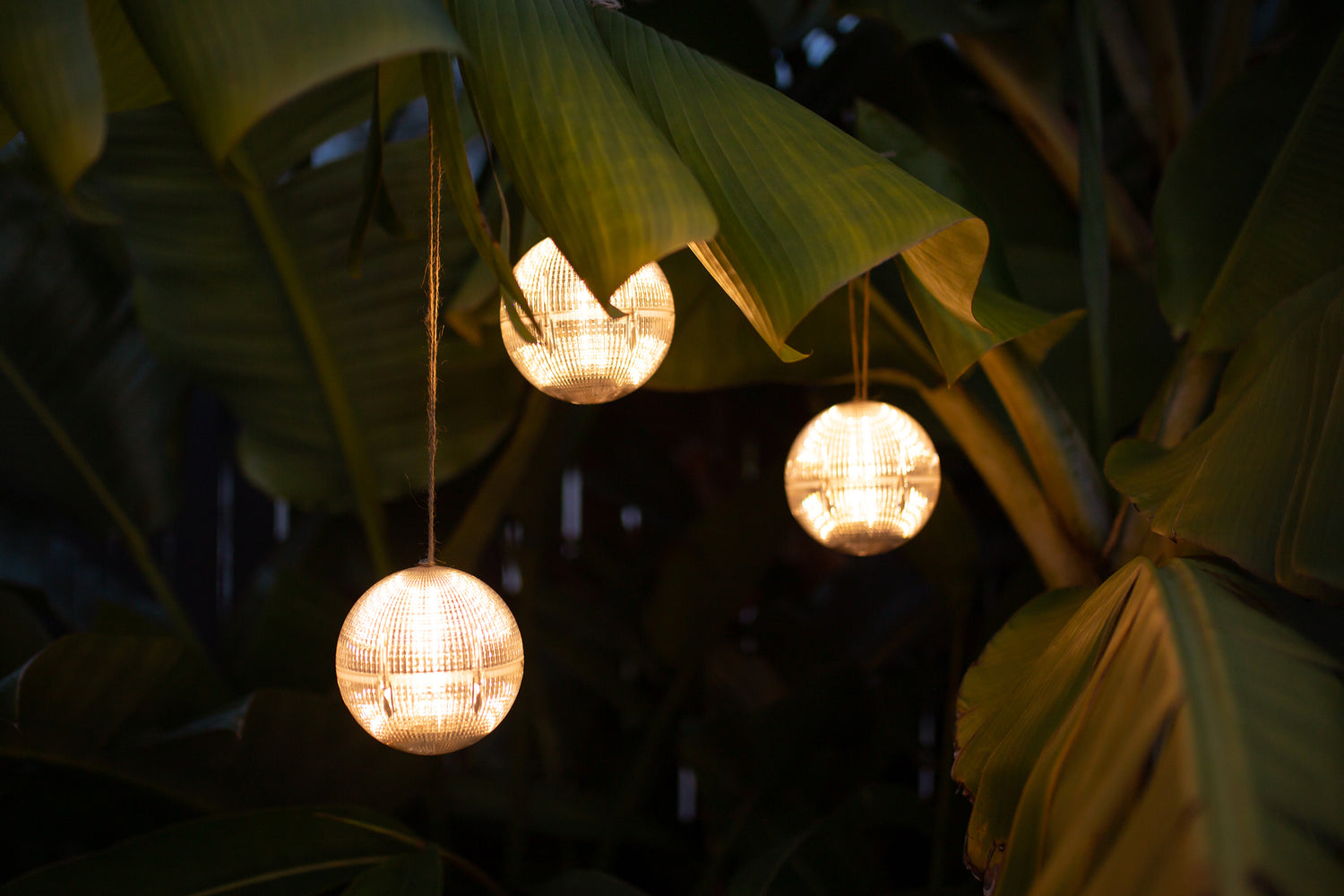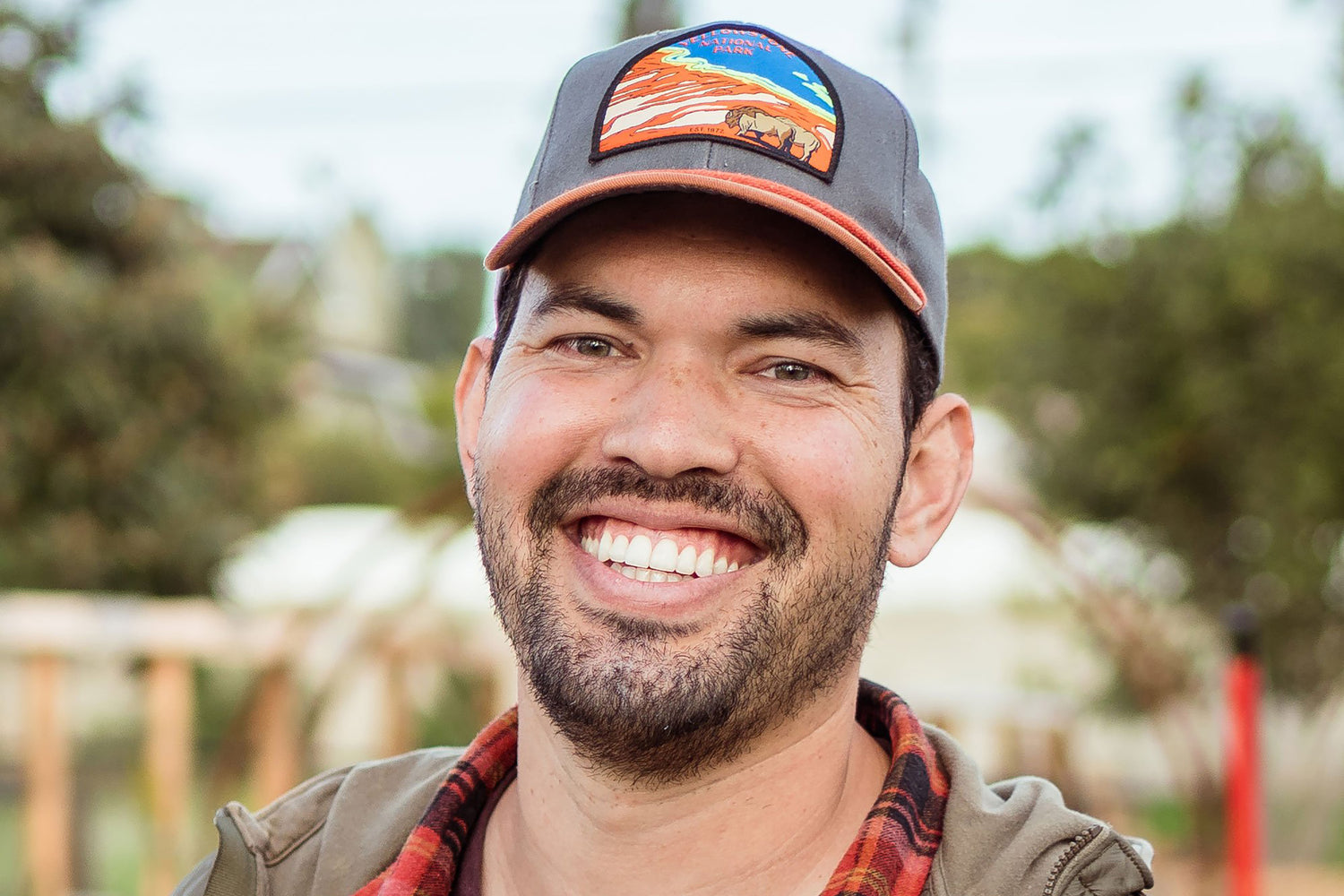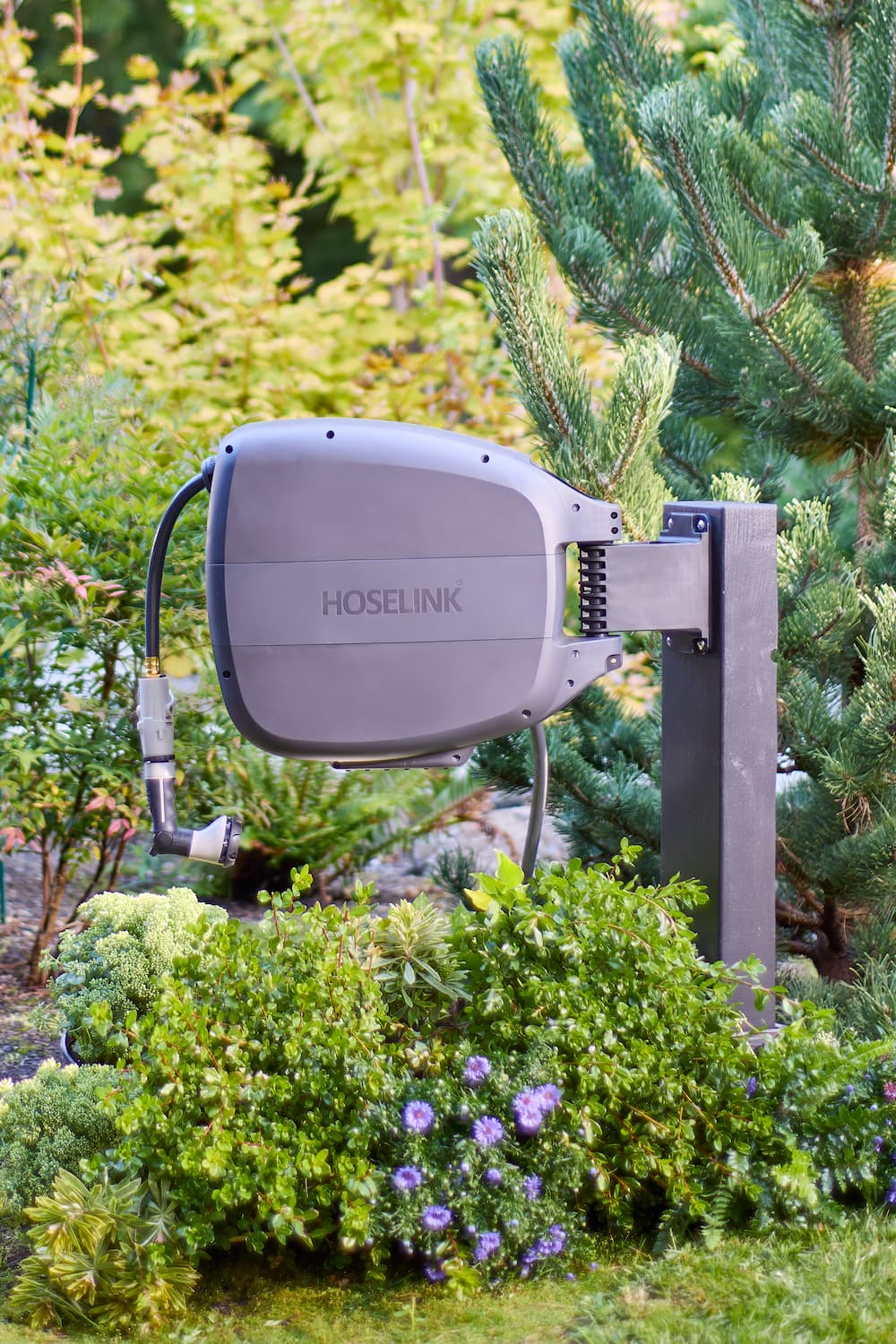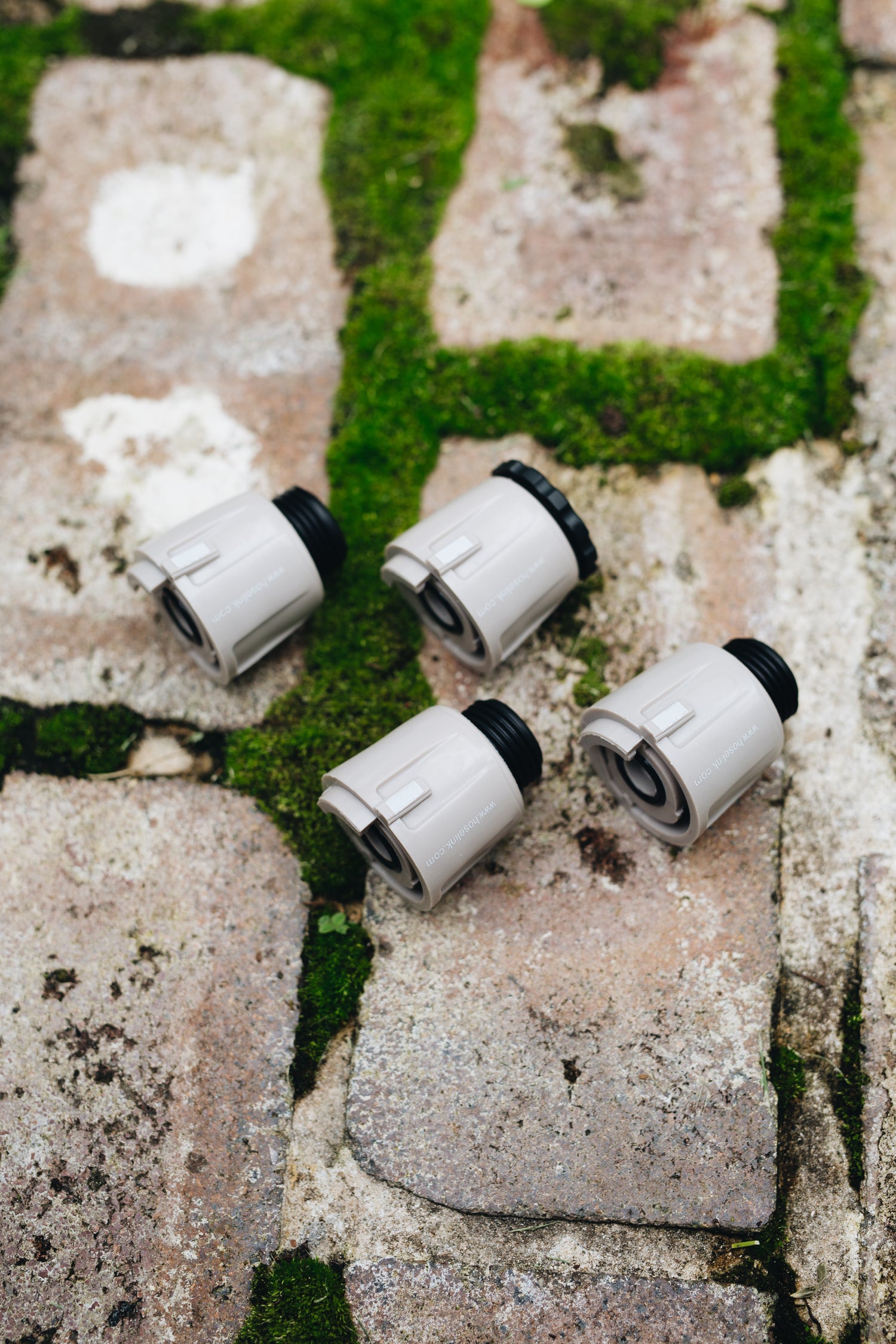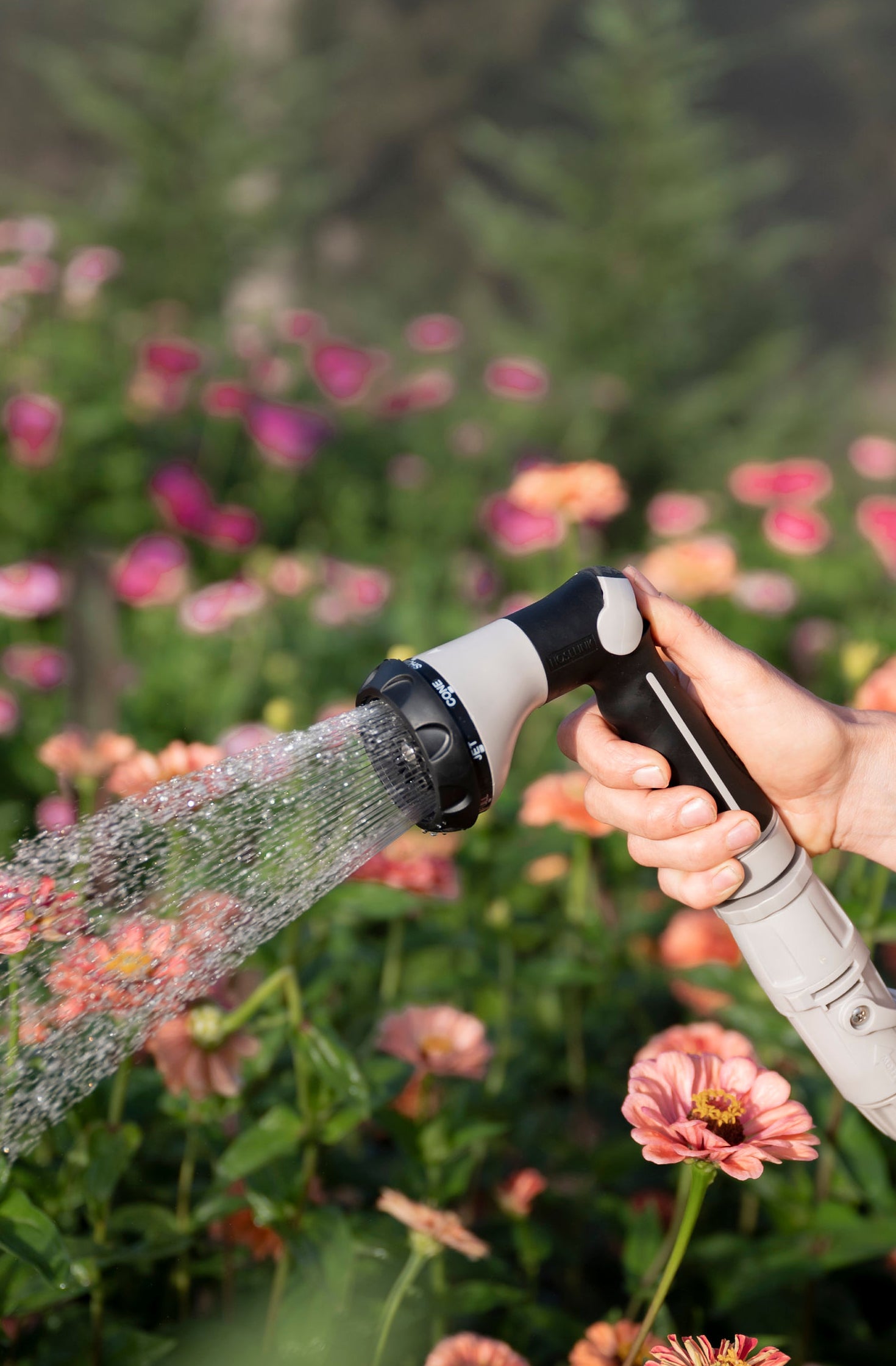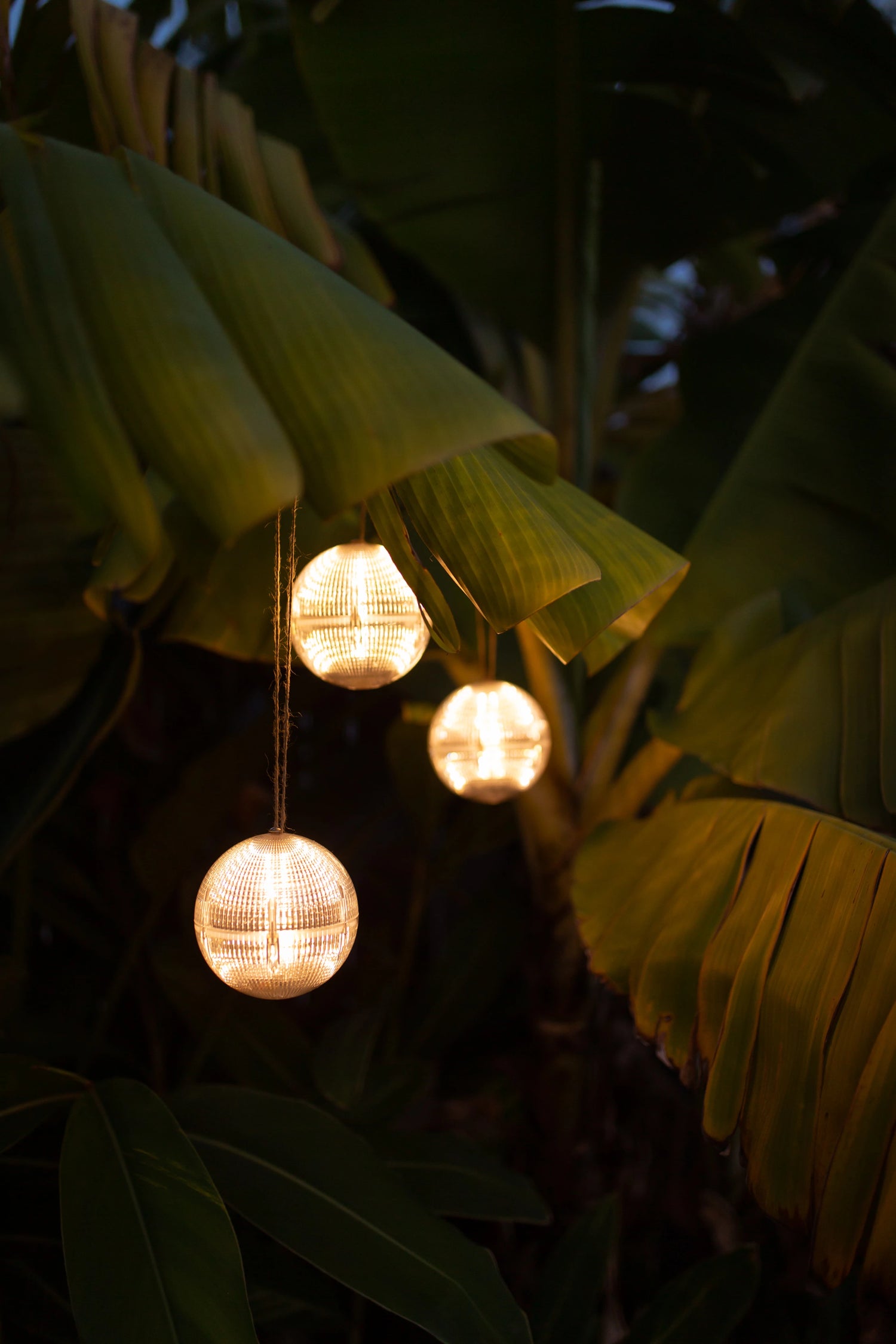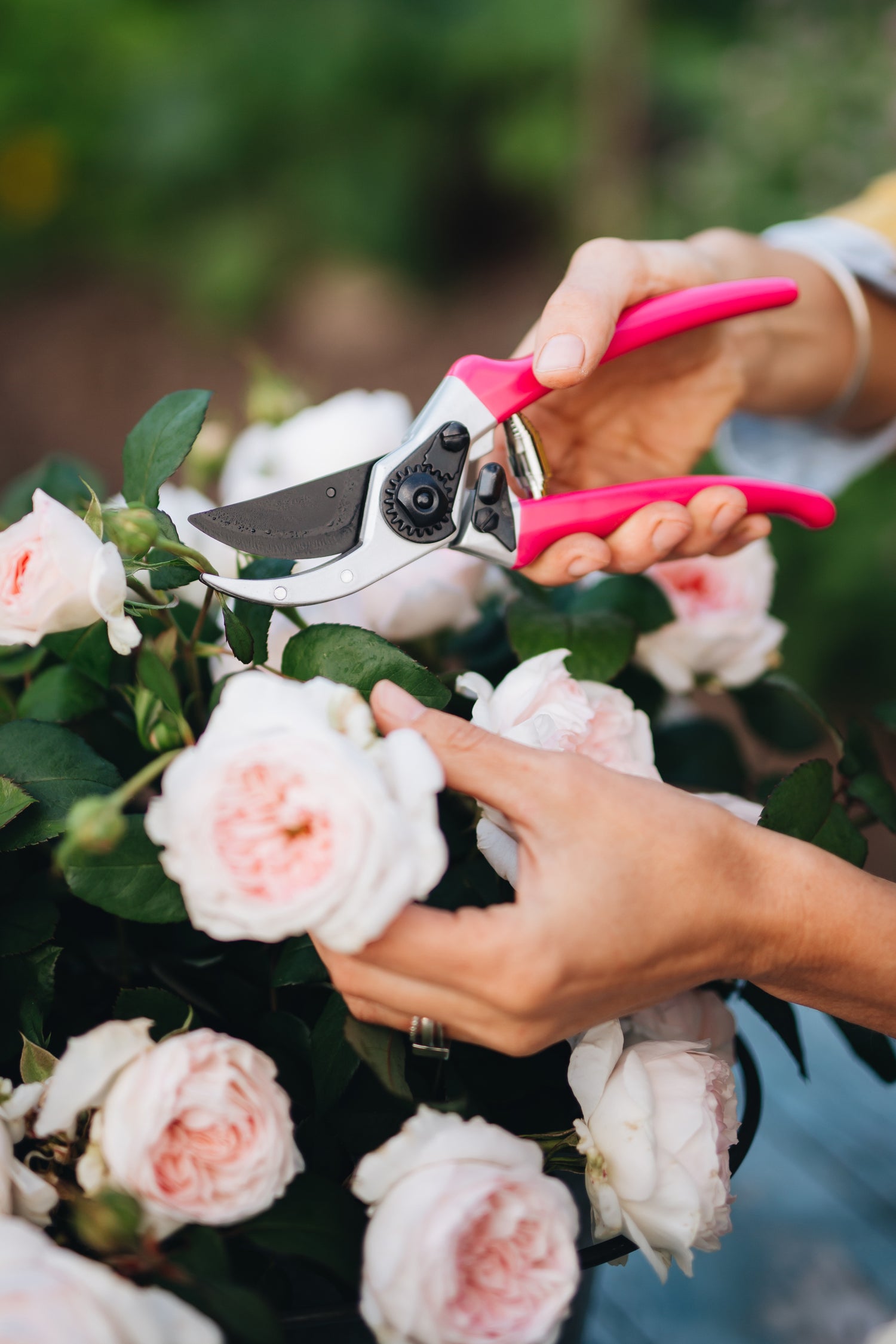Most gardeners realize the value of composting in both what compost can do for their garden as a soil amendment, but also as a way to be more environmentally friendly. However many composters are unaware that there is something else they can be doing to level up their compost game. Bokashi composting is a way to take your hot compost pile and environmental friendly factor up a notch.
What is Bokashi Composting and why the weird name?
The term Bokashi is a Japanese word that means “fermented organic matter.” Bokashi composting is actually a fermentation method and not the type of composting to which you may be accustomed.
Bokashi composting allows you to safely and confidently compost all the food waste you might normally hesitate to add to your hot or cold compost pile(s). Meat, bones, dairy, cooked food, oily food, etc are usually discouraged from being added to compost piles since most home compost piles don’t heat up to the required temperatures to adequately kill pathogens.
Bokashi composting consists of adding food scraps to a bucket (you can make your own; see below) in 2-3 inch layers and sprinkling microbe inoculated bran on top of each layer. Once the bucket is filled to the top, an airtight lid (this is critical for keeping the smell in) is closed, and the bucket is left to sit undisturbed for 2-3 weeks while the microbes ferment the food waste.

I keep my bucket in my dining room and my family has no idea. I add all our kitchen food waste to the bucket every time my kitchen counter top container gets full; usually every 2-3 days. I continue adding food scraps and sprinkling bokashi bran until the bucket is full to the top, and then I close it up and wait.
When the bucket is opened after the 2-3 week time period, there should be a very strong vinegar smell; not to be confused with a rotting food smell. These are very different smells, but neither is particularly the most pleasant. No one is going to be marketing an eau de bokashi fragrance anytime soon.
Because bokashi composting uses the term composting it can be a bit surprising to some that the bucket does not contain usable compost when it is “finished.” Instead, bokashi is a pre-compost input. It needs to undergo aerobic decomposition before it is true compost. When the bucket is opened after the 2-3 weeks, the surface maybe covered in white mold. Don’t panic! White mold is good in this instance. White mold is anaerobic mold and a signal that the fermentation is working. The food scraps added to the bucket will look just as they did when first added and will not have broken down or decomposed.

Bokashi fermentation is an anaerobic process, meaning it occurs in the absence of oxygen. This is the exact opposite of your usual composting methods which require oxygen for the aerobic microbes to break down the material in the compost pile. Because bokashi is an anaerobic process it is beneficial to use a paper plate or piece of cardboard to push down the food after you add it. I add a piece of cardboard from a delivery box in my bokashi bucket that I remove when I add scraps and use to push the food down and minimize the oxygen around the food.
Why bother with Bokashi?
Bokashi composting yields two fantastic results. Adding a fermented Bokashi bucket to your hot compost pile will heat your pile up very fast. I can typically add a bucket to my hot compost pile and hit 130F/54C mark in 72 hours or less.
The other advantage of Bokashi composting is how much food waste you will divert from the landfill. I am continuously amazed at how heavy the bokashi buckets are when I carry them to the compost pile. All that food waste is being saved from a landfill, and is instead being turned into a nutritious soil amendment for my garden.

How to make a DIY Bokashi Bucket
Materials needed:
5 gallon bucket (you can use 3 gallon buckets but you may need more of them)
Airtight lid such as a leaktite lid from a big box store or a gamma lid found online. (This is a 2 piece lid that has a ring that is snapped onto the top of the bucket and a gasket top that screws on forming an airtight seal)
Bokashi Bran which can be purchased online.
Instructions:
Snap the gamma lid ring onto the top rim of your 3 or 5 gallon bucket. This can take some elbow grease and you may need to flip the bucket over and push on the bottom of the bucket or even use a rubber mallet to help get that ring on. However, once you have the gamma lid ing installed on the bucket, that’s it; you’ve made your bokashi bucket and you are ready to go.
A bokashi bucket does not need drainage. Some companies call the liquid that you could drain out of the bottom of the bucket “compost tea.” It is NOT compost tea. It is a leachate and while some people swear that it does wonders to add it to plants as a fertilizer, it is smelly and not necessary.
I recommend at least two 5 gallon bokashi buckets for a family of four. Two buckets allow you to fill one, seal it and let it sit while you continue to fill the second bucket. The first bucket is usually fermented and ready to be added to a hot compost pile, a soil factory, or trenched in the garden (wait 6-8 weeks for food to break down before planting) by the time the second bucket is full.

Things to keep in mind with Bokashi composting:
- The microbes in the bokashi bran like the same temperatures as humans, so keeping the bran indoors especially during winter and summer extreme temps is important. Additionally, the bokashi bucket should be kept at least 50F/10C or warmer. My garage works most of the year, but I do bring the bucket in during the coldest parts of winter.
- If you purchase a bokashi bucket system online instead of making your own, it will likely come with some type of drainage tap. This is unnecessary and is a potential weak point for the smell to escape. I have no drainage holes in the majority of my buckets because I tried drainage in my first bucket and quickly realized it was unnecessary. To counteract a very wet bucket, add stale bread and crackers or cut up cardboard egg cartons if you are adding a lot of wet ingredients all at once.
- Keeping food scraps to the size of your palm is a good rule of thumb. Anything bigger than your palm should be cut up.
- I use a wax pencil to write on the side of my bucket the date when I finish filling it, and the 2 and 3 week dates to open the bucket and check to see if it is fermented.

Can I Bokashi compost in the winter?
The short answer is yes. Depending on just how cold it gets where you live, you can continue to bokashi compost during the winter but you will need to adjust your usual routine.
If you are adding your bokashi to an outdoor compost pile and your compost pile freezes solid during the winter, making it impossible to turn it and add a bokashi bucket, you can do a couple of things.
You can make a soil factory to rehab tired, depleted potting soil from planters and add your bokashi to the soil factory. You can also store your buckets until spring. If you choose to store your buckets outside where they are subject to freezing temperatures, there is a chance they can crack and would need to be replaced.
If the buckets are stored outside and freeze, simply let them thaw out in the spring and add them to your compost pile as usual.

